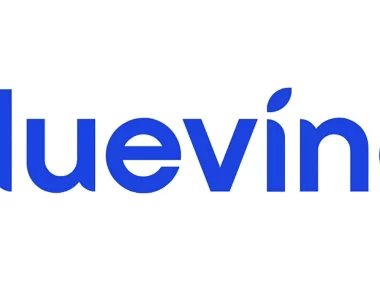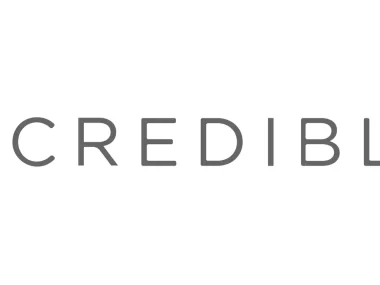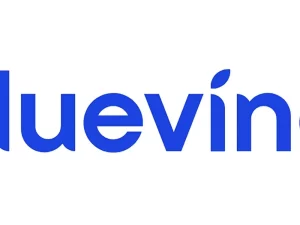Acquiring personal loans as a student can be challenging due to limited income and credit history. However, with careful planning and consideration, it’s possible to secure a personal loan. Here are some tips for students looking to acquire personal loans:
1. Build and Improve Your Credit Score:
– Start early: Begin establishing a credit history as soon as possible by opening a secured credit card or a student credit card. Responsible use, such as making on-time payments and keeping credit utilization low, can contribute to a positive credit history.
– Monitor your credit report: Regularly check your credit report to ensure accuracy and address any discrepancies promptly. A clean and error-free credit report can positively impact your credit score.
– Become an authorized user: If possible, become an authorized user on a parent’s or guardian’s credit card. This can allow you to benefit from their positive credit history.
2. Check Your Eligibility:
– Research lender criteria: Understand the minimum eligibility criteria set by lenders, which can include age, income, and credit score requirements. Different lenders may have varying requirements.
– Co-signer considerations: Be aware of lenders’ policies regarding co-signers. For students with limited credit history or income, having a co-signer can significantly improve your chances of loan approval.
3. Apply with a Co-Signer:
– Co-signer’s role: A co-signer with a strong credit history and stable income can provide lenders with the confidence needed to approve your loan application. They essentially guarantee the loan’s repayment if you’re unable to make payments.
– Co-signer selection: Choose a co-signer carefully, ensuring they understand the responsibilities and potential risks involved.
4. Research Lenders Thoroughly:
– Explore lender options: Investigate various lenders, including traditional banks, credit unions, online lenders, peer-to-peer lending platforms, and fintech companies. Each type of lender may have different loan products and eligibility criteria.
– Specialized lenders: Look for lenders that specialize in student loans or offer loans designed for borrowers with limited credit history. These lenders may be more understanding of your unique financial situation.
5. Compare Loan Offers:
– Obtain multiple quotes: Request loan quotes and pre-qualify with several lenders to compare interest rates, loan terms, and associated fees.
– Use online tools: Take advantage of online loan comparison tools, which can simplify the process of evaluating different loan offers.
6. Start Small:
– Consider smaller loan amounts: As a student, it’s often wise to apply for a modest loan amount, especially if you have limited credit history. Smaller loans are generally less risky for lenders and may be more accessible.
7. Provide Proof of Income:
– Income documentation: Lenders want assurance that you have a source of income to repay the loan. Provide documentation of your income, which may include pay stubs, earnings from part-time jobs, income from internships, or scholarships.
– Additional income sources: Be sure to include all sources of income, such as grants, scholarships, work-study earnings, and any other funds that contribute to your financial stability.
8. Explore Secured Loans:
– Secured personal loans: Some lenders offer secured personal loans where you provide collateral (e.g., a savings account, certificate of deposit, or valuable asset) to secure the loan. These loans may have more favorable terms and may be easier to qualify for.
9. Apply During the School Year:
– Timing matters: Lenders may be more inclined to approve student loans when the academic year is in session. This is typically when students have a more stable income through part-time jobs, internships, or work-study programs.
10. Build a Relationship with the Lender:
– Utilize existing accounts: If you have an established banking relationship, such as a savings or checking account, inquire about personal loan options at your current financial institution. Having an existing relationship can work in your favor.
11. Understand Loan Terms:
– Thoroughly review loan terms: Before accepting any loan offer, carefully read and understand all terms and conditions. Pay close attention to the interest rate, repayment schedule, and any fees associated with the loan. Ensure that you can comfortably manage the loan payments within your budget.
12. Seek Guidance:
– Consult a financial counselor or advisor: Seek advice from a financial professional who can help you navigate the borrowing process, understand the implications of taking on debt, and make informed decisions based on your unique financial situation.
13. Responsible Borrowing:
– Borrow what you need: Only borrow what is necessary to cover essential expenses, such as tuition, textbooks, housing, and other education-related costs. Avoid borrowing for non-essential items or luxuries.
– Create a budget: Develop a comprehensive budget that includes all your expenses, including loan repayments. Sticking to a budget can help you manage your finances effectively.
14. Avoid Multiple Applications:
– Limit loan applications: Submitting multiple loan applications within a short period can result in multiple credit inquiries, which may negatively impact your credit score. Be selective in your applications and focus on lenders that align with your financial profile.
15. Prepare a Strong Loan Application:
– Complete documentation: Ensure that your loan application is complete and well-organized. Provide all required documentation, including proof of income, identification, and any information requested by the lender. A well-prepared application can enhance your chances of approval.
16. Consider Financial Aid Options First:
– Explore other financial aid sources: Before turning to personal loans, explore all available financial aid options. This may include federal student loans, scholarships, grants, and work-study programs. These options often offer more favorable terms and should be exhausted before seeking personal loans.
17. Leverage Alternative Income Sources:
– Consider gig work: In addition to part-time jobs, explore gig work or freelance opportunities that can supplement your income. This can demonstrate additional financial stability to lenders.
18. Establish a Strong Repayment Plan:
– Develop a repayment strategy: Create a comprehensive plan for repaying the loan, factoring in interest rates, loan term, and your post-graduation income projections. Ensure that you can comfortably meet your monthly obligations.
19. Monitor Your Credit Score:
– Continue building credit: Even after securing a personal loan, continue building and maintaining your credit score. Consistent, responsible credit management can open up more financial opportunities in the future.
20. Seek Assistance in Financial Hardships:
– In case of financial hardships: If you encounter difficulties repaying your personal loan after graduation, reach out to your lender to discuss hardship programs, deferment, or alternative repayment plans.
By following these comprehensive guidelines and being diligent in your approach, you can significantly increase your likelihood of acquiring a personal loan as a student while maintaining financial responsibility and planning for your future financial well-being. Remember that responsible borrowing and financial management are essential steps toward building a strong financial foundation for the future.










